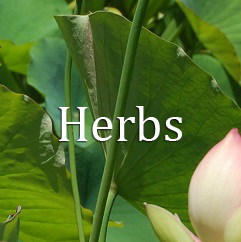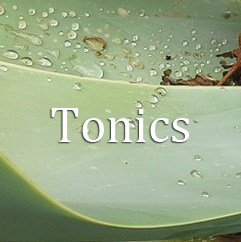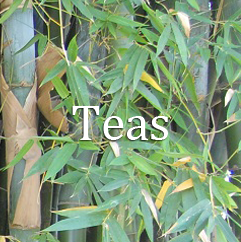 A Natural History of Medicinal Plants. / Judith Sumner. Portland, Oregon: Timber Press, Inc. 0881924830. 235 p. Illustrations, colored plates, Glossary, Further Reading, Index.
A Natural History of Medicinal Plants. / Judith Sumner. Portland, Oregon: Timber Press, Inc. 0881924830. 235 p. Illustrations, colored plates, Glossary, Further Reading, Index.
Judith Sumner, an ethnobotanist, here embraces many topics of botanical science: medicinal plants, plant defenses, diversity of flowering plants, chemical constituents, plants and human diseases, plants and animal diseases, gathering, collecting and preserving specimen plants… in short a natural history that begins with nomenclature and the history of herbals. The chronicle is packed with interesting facts that support her thesis: that plants evolved and survived through millennia by arming themselves with defensive secondary compounds for protection against predation, or raiding and looting by animals and insects. As science endeavors to locate and catalog newly found medicinal plants, it is these defensive strategies used by plants to maintain their biological niche which are markers of medicinal plants, and can either heal or cause toxic reactions. Sumner explains:
“Herbalism is part of the biological continuum of botanical defense mechanisms …” – p. 205
Her style is tutorial, providing insight on pharmacognosy, conservation, and drugs from plants. Not only plant defense mechanisms, but also human intervention, especially for plants valued in a particular culture are described. Addressing the natural history of the gingko tree, she illustrates:
“Sacred groves in China provide emergency supplies of medicinal plants should a species disappear from other habitats… Ginkgo biloba may owe its survival to sacred forests near Buddhist temples…” – p. 60
A Natural History of Medicinal Plants presents all of the subjects under the chapter titles as subtitles in the Table of Contents, leaving the Index to list common and botanical names of plants in the text, period, with color plate numbers for 30 specific plants. Color plates subtend the black and white graphic images alongside the text. Explanations of 19 medicinal terms chosen I suspect for their relationship to natural history and survival, from abortifacient to vasilodator are offered in the Glossary. Works on medicinal plants, herbals, and ethnobotany are listed in the bibliography.
A Natural History of Medicinal Plants provides connections between humans, animals and plants; their choices as survival tactics and behaviors are illustrated by fact and anecdote. Sumner states in the Foreword that her text grew from lectures given at the Arnold Arboretum and Garden in the Woods, explanations that lead students to discovery in botany and ethnobotany. She continues the tradition of scientists who have opened the natural world in books and documentaries that inform our image of the natural world.
Follow


